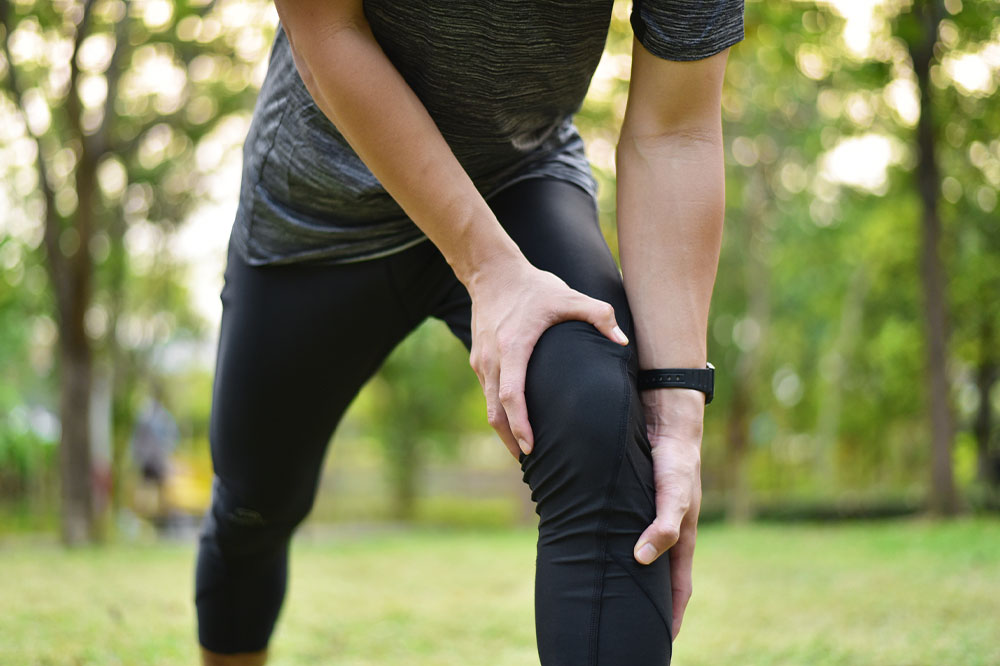
Baker’s cysts – Symptoms, causes, and management options
Baker’s cysts, also known as popliteal cysts, can cause discomfort behind the knee. A Baker’s cyst is a soft tissue mass located behind the knee, and one can detect it if they experience pain and swelling in the region. The condition is common in those with knee problems, such as arthritis or injuries, but it can also affect those without such problems. It is essential to understand the signs of a Baker’s cyst to seek timely treatment.
What is a Baker’s cyst?
A Baker’s cyst develops when fluid from the knee joint accumulates, trapped in a sac behind the knee. This fluid can exert pressure and cause discomfort. As a result, one can experience pain, swelling, and tightness behind the knee, limiting mobility. Baker cysts usually develop in adults over 40, but they can affect people of any age. It is important to note that not all cysts require treatment; many go away on their own without any intervention. However, some cysts may become large enough to require treatment, so paying attention to symptoms and seeking medical advice if needed is important.
Symptoms
When dealing with a Baker’s cyst, one may experience the following symptoms:
- Swelling behind the knee
- Knee pain or discomfort
- Stiffness and limited movement in the knee
- Warmth around the knee
- Redness and tenderness at the back of the knee
Causes
A Baker’s cyst is most often caused by a buildup of fluid in the knee joint due to an underlying problem such as arthritis, a cartilage tear, or an infection. Although the exact cause is not yet known, the following issues could trigger the condition:
Osteoarthritis: Osteoarthritis is the most common form of arthritis, and it develops when the protective cartilage at the ends of bones wears down over time. This can lead to inflammation in the knee joint and a build-up of fluid in the region, causing a Baker’s cyst.
Rheumatoid arthritis: This autoimmune disorder could cause inflammation of the joints. This condition can cause damage to the joint tissue and result in a fluid buildup, leading to Baker’s cysts.
Cartilage tear: Injuries in the knee joint, such as a cartilage tear, can cause a cyst to develop if the tear triggers inflammation.
Infection: Infections such as gout can cause inflammation in the knee joint, which may lead to the formation of a cyst.
Diagnosis
When it comes to diagnosing a Baker’s cyst, a physical examination and imaging tests can help identify and diagnose the condition. During the physical exam, the doctor may feel for the cyst behind the knee, which is often located near the popliteal fossa. To ensure an accurate diagnosis, here are some steps doctors follow:
- Physical examination: This involves checking the knee for tenderness and swelling.
- Ultrasound, X-ray, or MRI: These tests can help the doctor distinguish between a Baker’s cyst and other causes of knee pain.
Treatment
Popliteal cysts can be a painful condition, but various treatment options can help one deal with the symptoms. Depending on the severity of the cyst and the discomfort it causes, treatment may involve one or more of the following methods:
Anti-inflammatory prescriptions: This option can help reduce swelling and pain caused by the cyst.
Surgery: If the cyst is causing significant pain and interfering with daily activities, the doctor may recommend surgery to remove it.
Aspiration: If the cyst is filled with fluid, a doctor can use a needle to drain the fluid, which helps reduce the size of the cyst and ease discomfort.
Physical therapy: A physical therapist can help you learn exercises that will strengthen the muscles in the knee joint and provide relief from the cyst.
Alternative therapies: Ice or heat therapy, acupuncture, and massages can also help reduce the pain and inflammation associated with popliteal cysts. Additionally, getting enough rest can help reduce the stress on the knee joint and relieve swelling.
One should consult a doctor upon observing one or more signs of Baker’s cysts.




